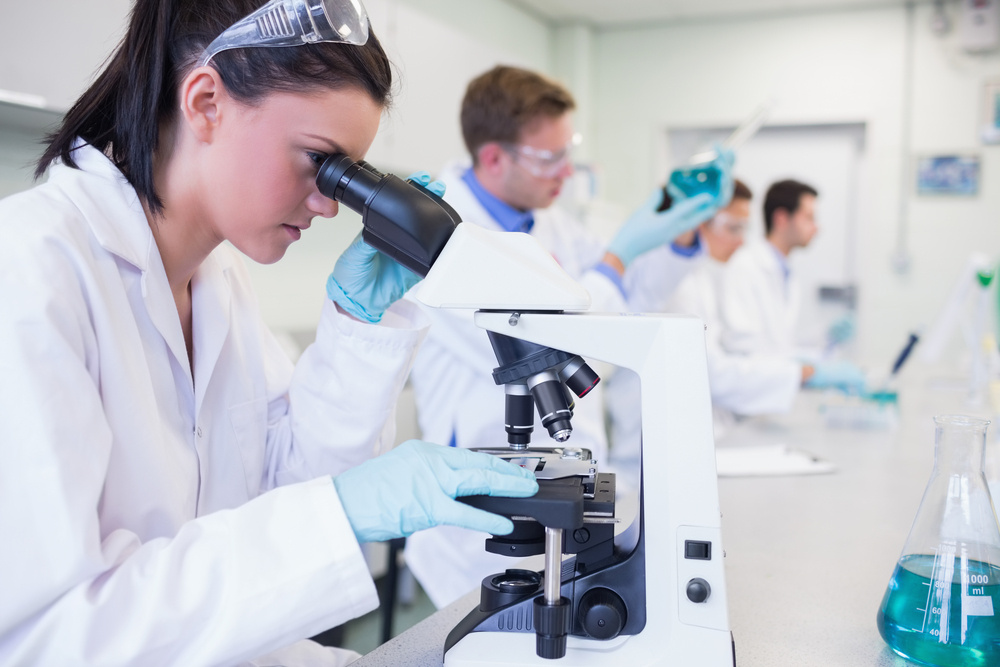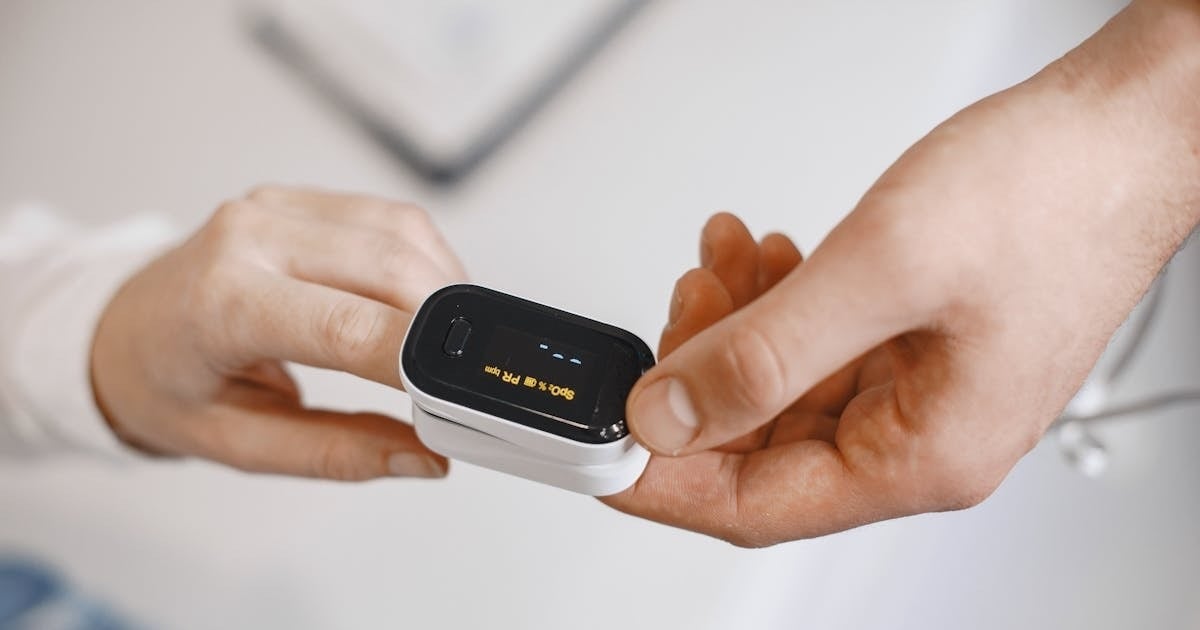Faster Drug Discovery? Meet AI-Powered Target Identification

Undoubtedly, drug discovery is powered most fundamentally by how we manage disease modeling and identify targets to investigate. The choices which humans make drive that discovery—but that manual procedure makes for a slow, intuitive technique that can literally take decades.
Until the time of the COVID-19 vaccine, the record for development time was held by the Mumps vaccine, which took four years. Most vaccines take a decade or more. AI algorithms were developed to sift through the vast databases of molecular structures and predict which compounds might be effective in targeting the virus. That gave us the edge we needed to develop vaccines in less than one year.
Typically, a drug won’t reach the market for 12 to 18 years, with an average cost of $2.6 billion. That high cost is a direct consequence of the 90% failure rate in drug development where drug candidates never reach clinical trials. Generative AI has proven its worth in accelerating and improving the drug discovery processes. To date, it has been focused on new drug design.
How AI-powered identification works
While we’ve been busy working on new drug molecules, there is a vast area full of potential for the technology to target in the form of drug repurposing. This is where an existing drug can effectively treat something it was not created for.
Doctors have occasionally stumbled upon off-book drug use to treat patients. One instance, Bupropion hydrochloride, an antidepressant, was found to make smoking cessation almost “easy”—and it was a fortuitous discovery.
If we turned AI loose on our current drugs, we could potentially discover dozens or even hundreds of new applications, with comparatively negligible development expenses.
During the target identification phase of drug discovery, AI is undergoing training using extensive datasets, encompassing:
- omics data
- phenotypic and expression information
- disease correlations
- details from clinical trials, research grants, patents, publications, and beyond.
This training aids in understanding the biological foundations of diseases, and isolating novel proteins or genes that could serve as targets for combating these ailments.
Faced with 300,000,000 existing proteins on Earth, knowing the structure of any individual could take years and million upon millions of investment dollars. AI entered the picture and in 2021 AlphaFold was released having achieved a 90% accuracy rate with an extremely complex protein.
AI can go even further than mere target identification, by predicting the 3D structures of targets and accelerating the design of appropriate drugs that will bind to them.
The process of choosing new biomolecular drug targets in pharmaceutical R&D (target selection/prioritization) remains uncertain. While most therapeutics act via protein targets, novel approaches hold promise for disease treatment.
Drug targets are material entities, often macromolecules, interacting with therapeutic agents. However, non-native targets hold promise, too, including metals, lipids, stem cells, sugars, and non-human targets.
Charting the interactions between approved drugs and their efficacy targets is both informative and indispensable. Presently, only 11% of the human proteome has been explored with small molecule probes. This leaves approximately 33% quite understudied due to the absence of interchangeability among highly specific tools like antibodies and chemical probes.
In tackling target prioritization, network methodologies such as knowledge graphs are gaining prominence for inferring new protein-phenotype or protein-function associations.
MetaPath, a technique harnessing such networks, assists in prioritizing drug targets. Using AI/ML techniques, optimized for handling vast datasets, it can detect genetic variants responsible for diseases. Even in cases where the triggering genes are unidentified. Progress in data integration and AI/ML algorithms is set to transform target selection and prioritization, ushering in unbiased methodologies.
While this creates great opportunities for the entire sector, here are a few things to consider:
AI drug discovery limitations – what to watch out for
Analyses of advancements in AI-driven drug discovery from the previous year reveal that no molecules generated by AI successfully made the transition from discovery to clinical development. AI has accelerated the identification of drug targets and the discovery of new molecules to engage with them.
Despite this, the outcome of some clinical trials has been disappointing. In 2023, AI candidates failed to meet anticipated outcomes in clinical trials for conditions like atopic dermatitis, schizophrenia, and cancer.
Parminder Bhatia, the Chief AI Officer at GE Healthcare, has noted striking similarities between the pivotal role generative AI is playing right now and the cloud computing’s role in the last decade.
He expressed enthusiasm for the potential coming from multimodal models, as did Microsoft’s CTO for Healthcare & Life Sciences, John Doyle. They both acknowledged the challenge of keeping up with an onslaught of information.
Jean-Philippe Vert, Chief R&D Officer at Owkin, highlighted that the majority of publications lack peer review; individuals can freely publish their findings online. Distinguishing honest advancements over mere noise in AI development demands extensive expertise.
Amidst the ongoing interplay between anticipation and cautious skepticism, organizations are coming together to formulate frameworks for responsible AI. This response is prompted by discussion papers from regulatory bodies in Europe and the US concerning the use of AI throughout the pharmaceutical product lifecycle.
Examples of AI-powered target identification
University of Cambridge – Identifying new targets for human disease, including neurodegenerative conditions
An innovative approach was led by a team of researchers from Cambridge University to pinpoint therapeutic targets for human diseases linked with protein phase separation. This was only a recently unveiled phenomenon crucial for various biological processes.
Collaborating with Insilico Medicine, an AI-driven drug discovery company, the Cambridge group created a clever methodology to unearth fresh targets for drug development.
These target diseases stemming from protein phase separation dysregulation. By manipulating these targets, researchers successfully replicated disease traits in cells. Their findings are detailed in the Proceedings of the National Academy of Sciences (PNAS).
Atomwise
Now here is a company to admire! Atomwise assesses more than 100 million compounds per day with their deep convolutional neural network. They are the leading player in drug discovery endeavors to slash the expenses of medication development by harnessing supercomputers.
Through leveraging a vast database of molecular structures, they employ advanced algorithms to forecast the efficacy of potential medicines before the first chemist readies a test tube.
No more trial-and-error guesswork that could take weeks just to eliminate possibilities.
Rather, a slimmed-down list of molecules that have the right characteristics to be successful.
Baffled by the deadliness of the disease, Atomwise investigated existing drugs in 2015 to see if they could be redesigned to treat an Ebola outbreak. They uncovered two promising candidates in just one day, compared to years of conventional investigation. Even so, the 50% average fatality rate of an Ebola virus infection burns through the local population so quickly that the disease kills itself off. Their discovery will still be useful in future outbreaks.
In the future, this sort of investigation will occur at the local pharmacy level, powered by AI, creating bespoke drugs for individuals based on their personal genome. One person will get a drug different from another person with the same affliction because it will work better for them.
Until this time comes, it will be possible to conduct clinical studies at the pharmacy level. This will reduce overhead and staffing costs, increase speed of results, and eliminate many errors that occur in in-patient clinical trials. With our expanding knowledge, even side-effects ought to be minimized or eliminated altogether.
Deep Genomics
Perhaps meant lightly, the idea that drug discovery will be performed by AI is not unheard of, or even opposed. Biochemistry is an extraordinarily complex field, and AI is more suited to it than humans.
Deep Genomics focuses on RNA therapies because these smaller DNA-like molecules are incredibly versatile. RNA can be designed to tackle specific genetic diseases. Particularly extremely rare ones that would never receive the money or attention required for a solution. As well, they can be used as vaccines such as the mRNA which saved the world during the COVID crisis.
To date, Deep Genomics has used its computational prowess to compile a database offering predictions for over 300 million genetic variations with the potential to impact the genetic code.
In 2018, their exclusive AI platform identified the initial targets where RNA splicing was both the defect and provided mechanisms for correction. By 2023, they unveiled the inaugural Foundation Model.
AI-powered drug discovery isn’t going away
Drug trials, whether conducted in a clinical setting or at the pharmacy level, will be able to rapidly adapt to results as they are generated. Current models in CROs collect samples that are refrigerated, transported elsewhere, analyzed, and assessed.
Results don’t usually become available until long after the patient cohort has been dismissed. Being able to change course midway through could save months or years over the course of many trials.
Businesses want to succeed and make a profit, of course. Yet, the ultimate beneficiary of AI in drug discovery will be patients with substantially improved medical outcomes.
Even a small molecule is complex, so AI is essential to churn out reliable results faster, cheaper, and with high efficacy.
AI-powered drug discovery isn’t going away. There are plenty of new participants that are ready to make their mark. There is plenty of money right now, alongside burgeoning technology, which is rapidly maturing to drive the process.
There are at least 250 “contestants” looking to win this race, and lots of backers with significant capital to support them. The majority of these investigators are in the United States for now, but SE Asia and Western Europe are starting to catch up. You almost certainly should be a part of this, too.





